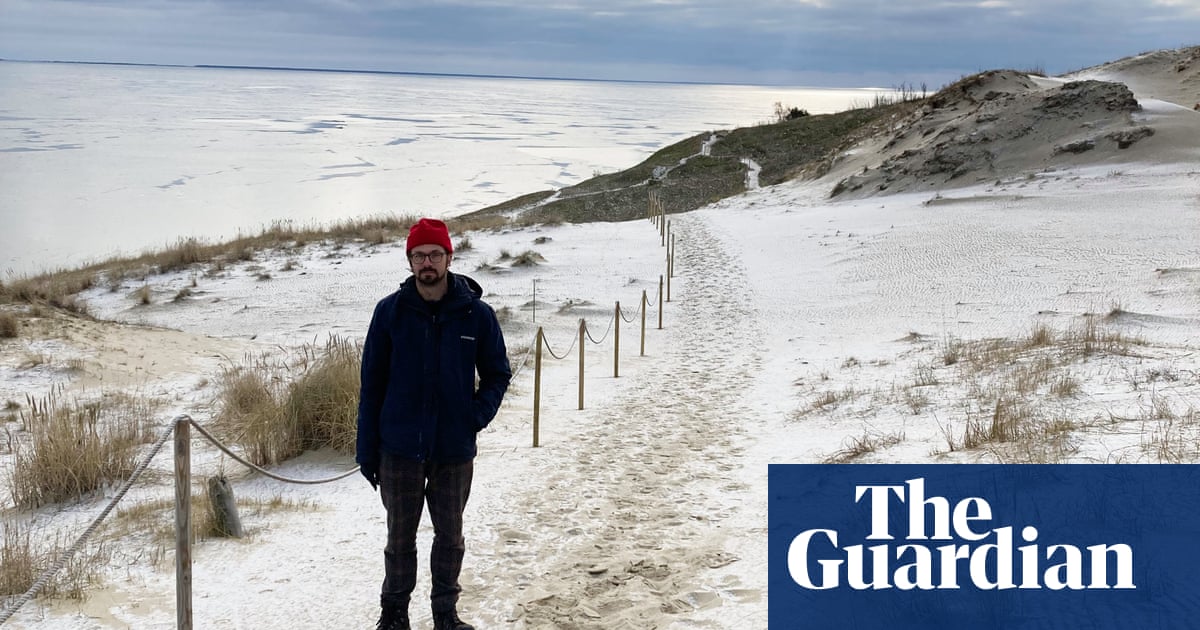Monday, February 20, 2023
Immersed in sea, snow, sand and silence: a winter break in Lithuania
A 60-mile sandbar dotted with forests and icy lagoons, the Curonian Spit’s buried villages, elk and elemental beauty attracted Sartre and De Beauvoir
Small icebergs bob on the waves. The beach is grey and frozen. To the north are the Dead Dunes, and to the south – past the Valley of Death – is the forested peninsula that marks the Russian border. Squeezed between a freshwater lagoon and the roaring Baltic Sea, the shifting sand beneath my feet has swallowed villages, occasionally spitting out bones from abandoned cemeteries. It is, perhaps, an unlikely destination for a winter holiday.
But everything about Lithuania’s Curonian Spit is unlikely, and this is the secret of its stark, unreal beauty. A 61-mile-long sandbar that arcs alongside the Baltic coast, half in Lithuania and half in the Russian exclave of Kaliningrad, its unique ecology has gained it Unesco world heritage site status. A landmass formed from enormous dunes that rose from the sea 5,000 years ago – legend says they were created by a giantess called Neringa – the spit became densely forested with birch, oak and pine. Continue reading...
